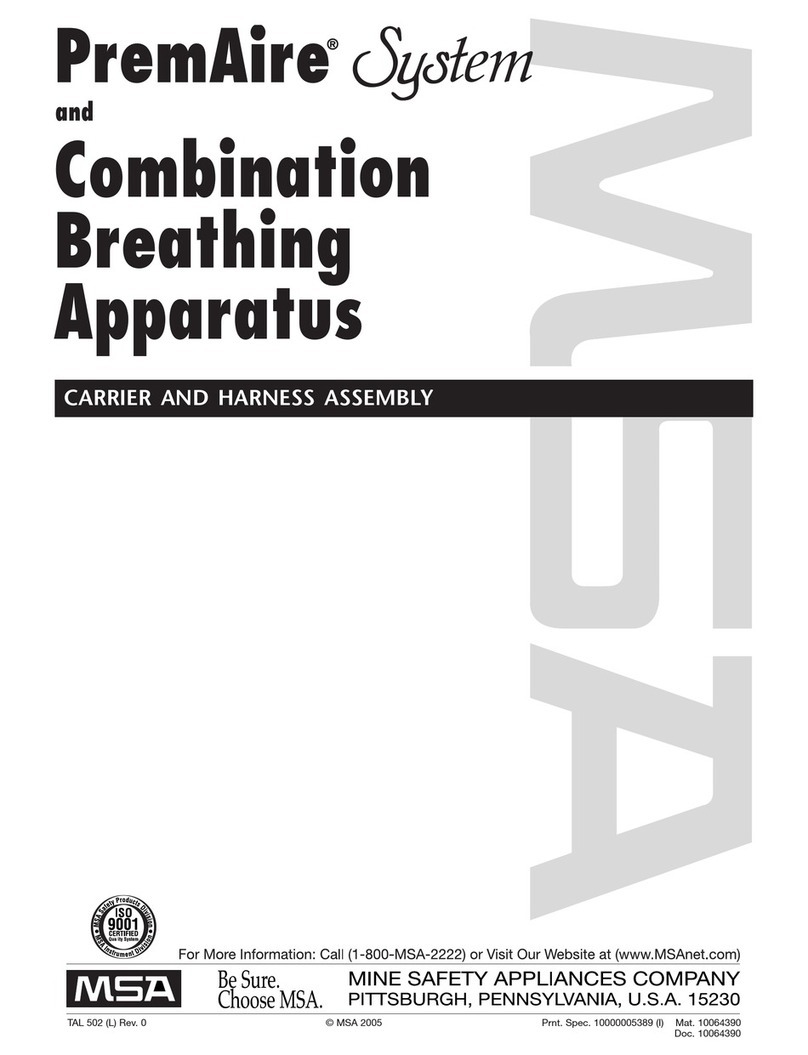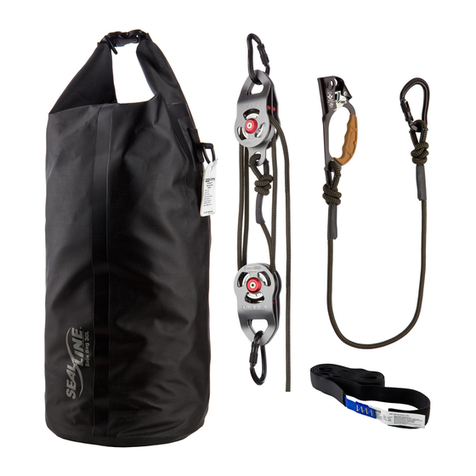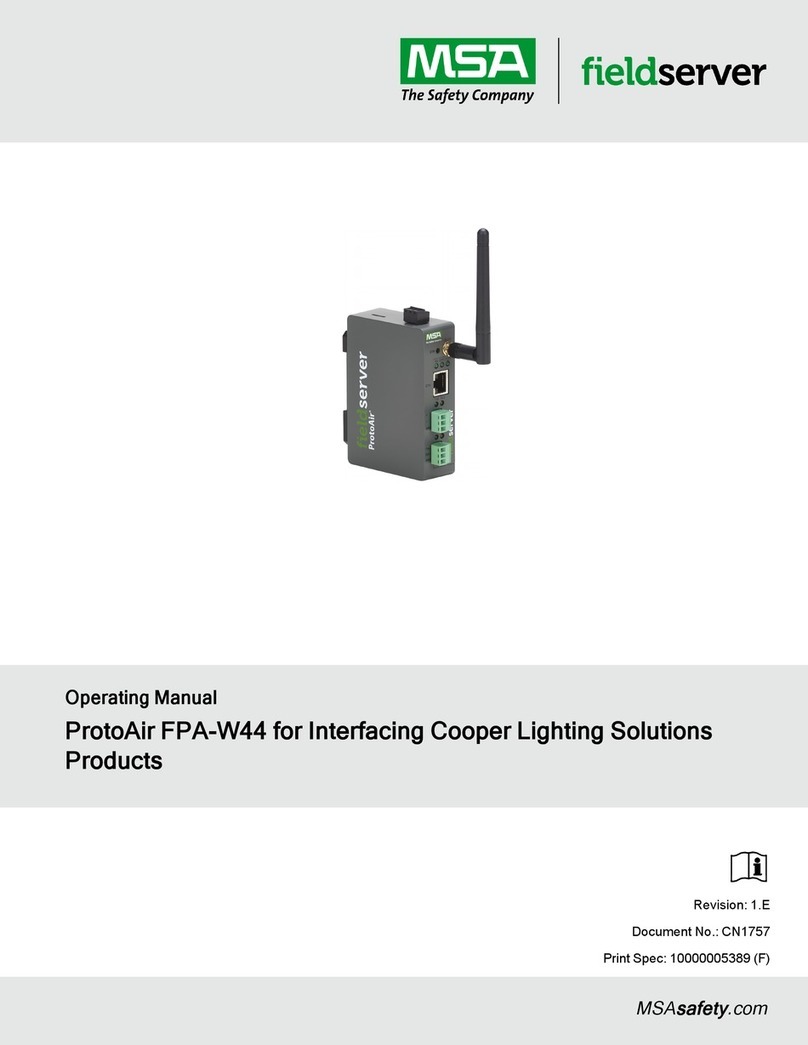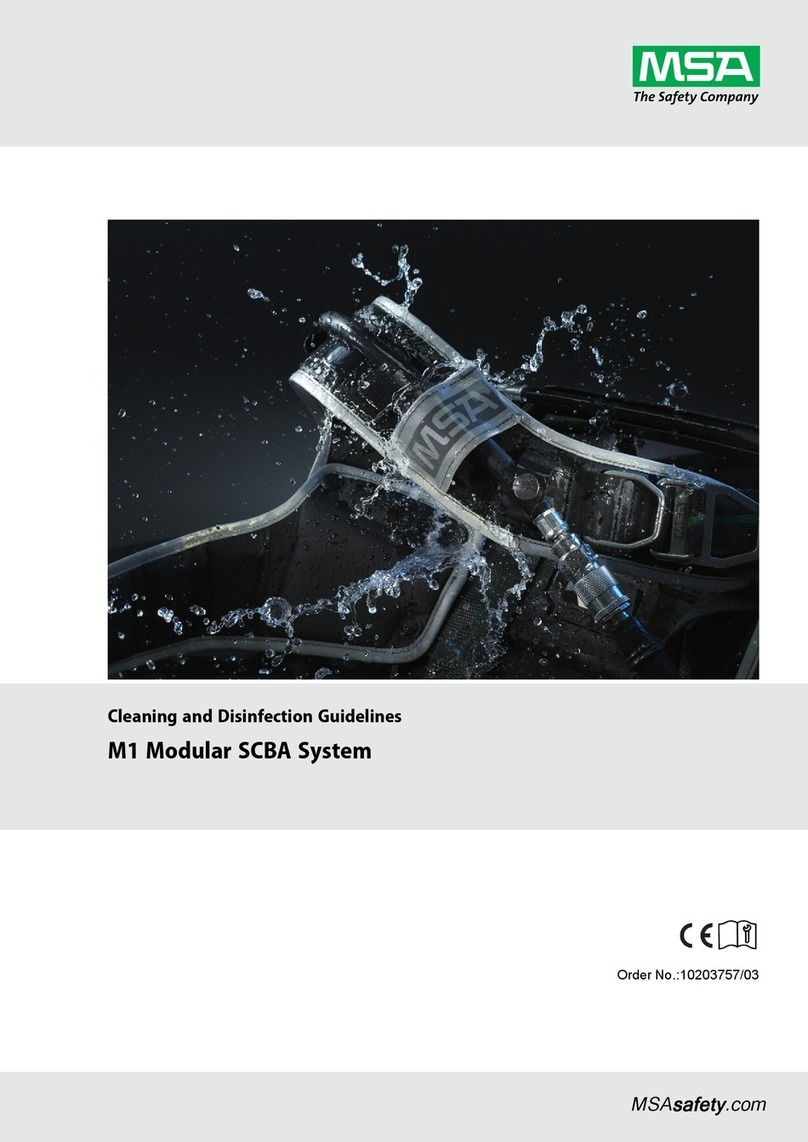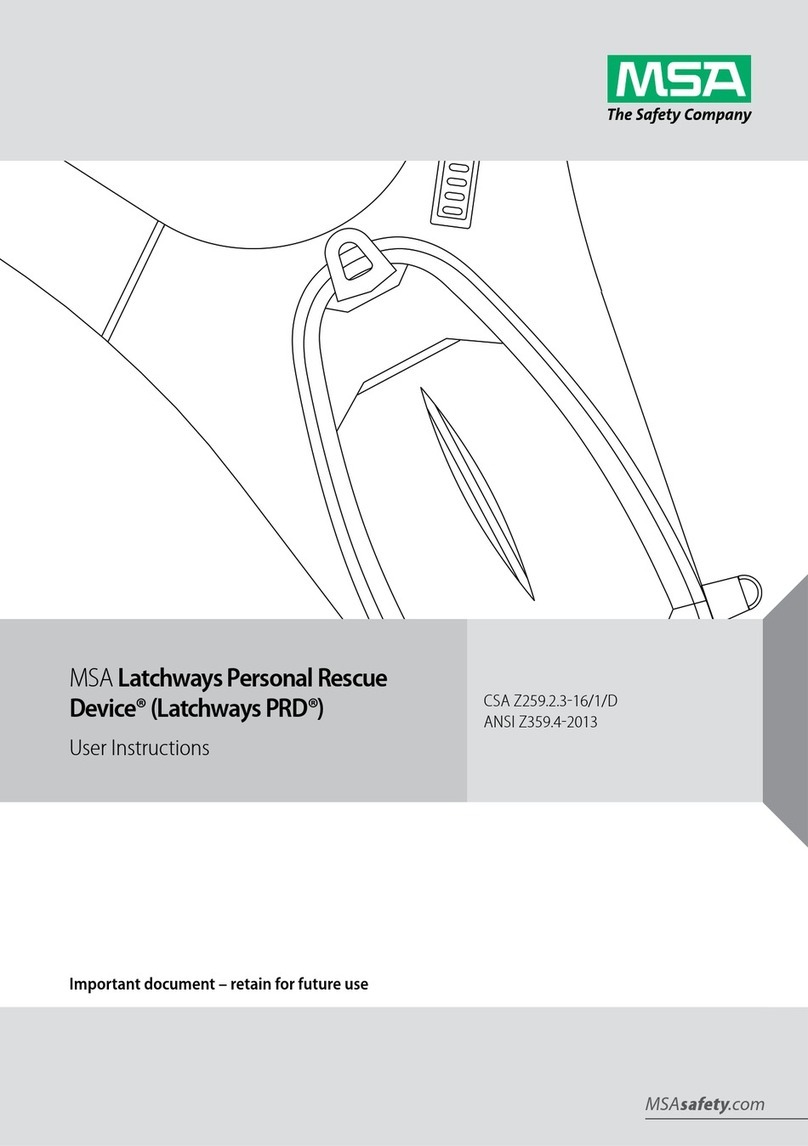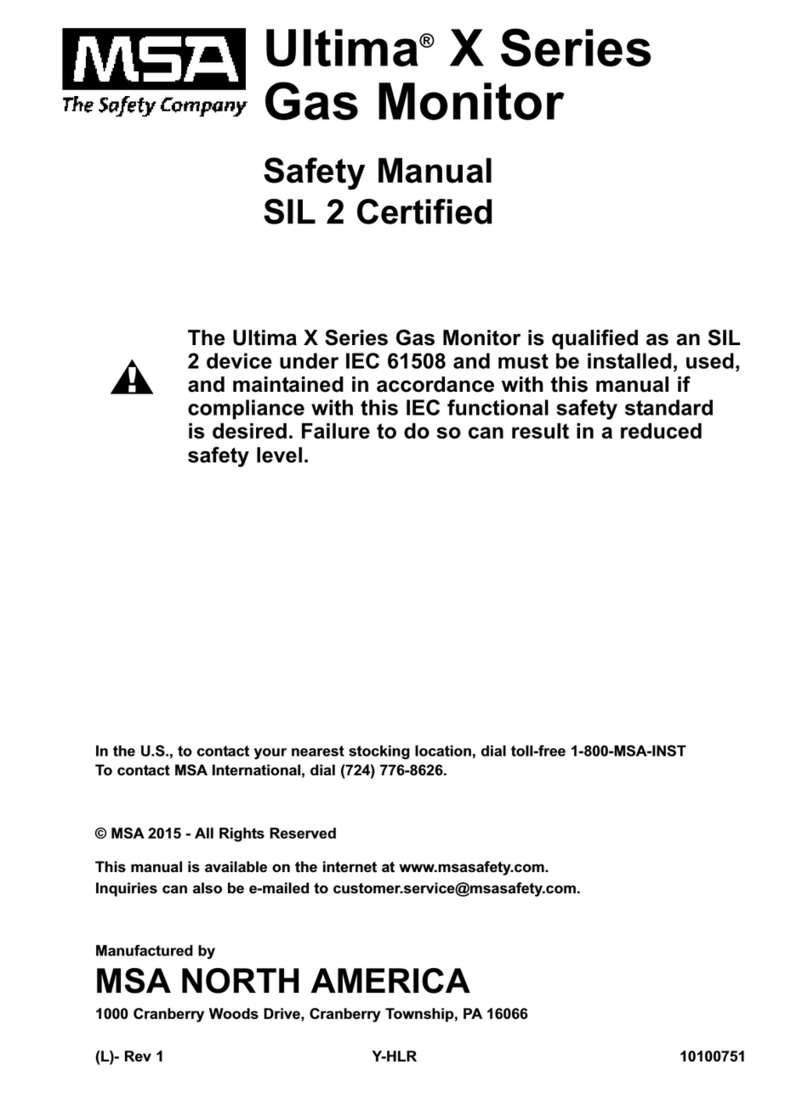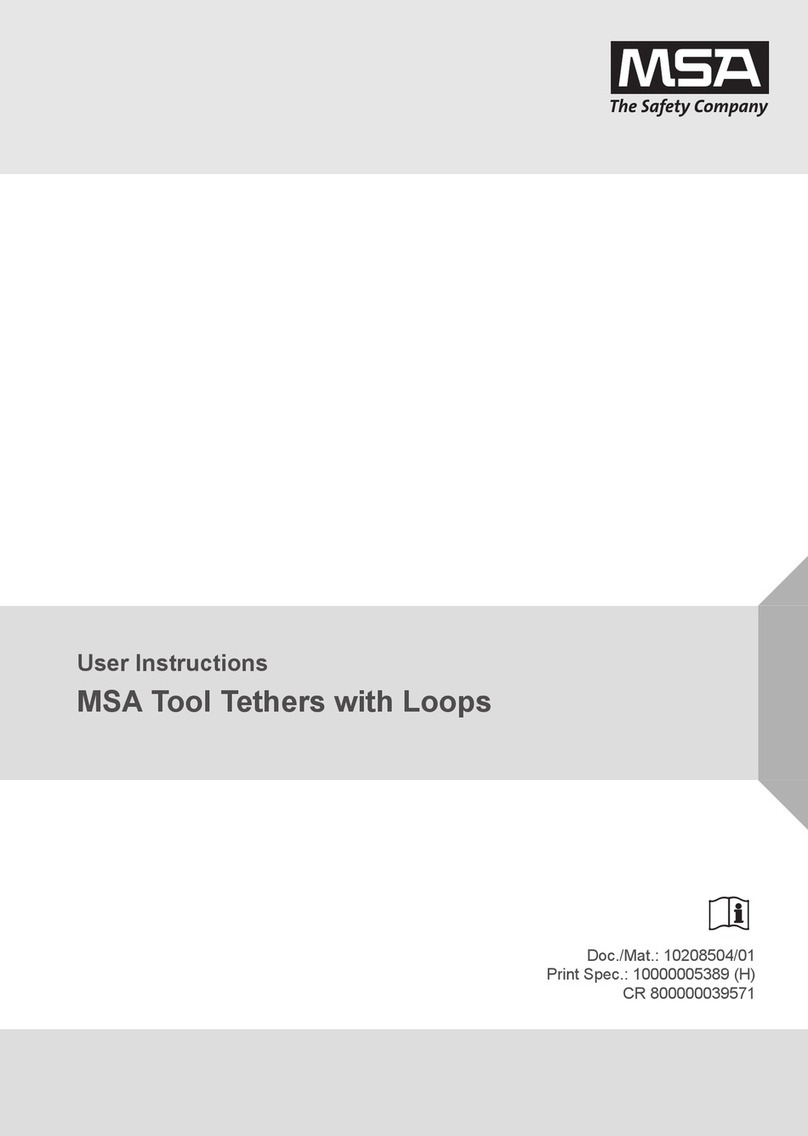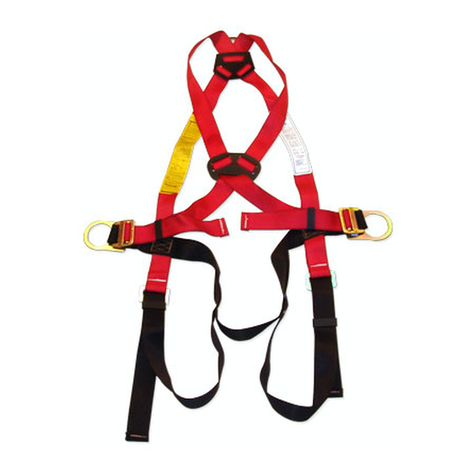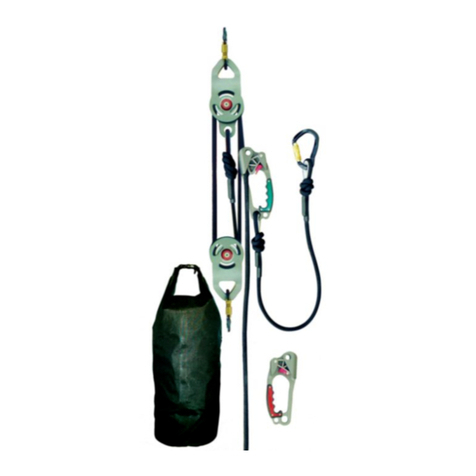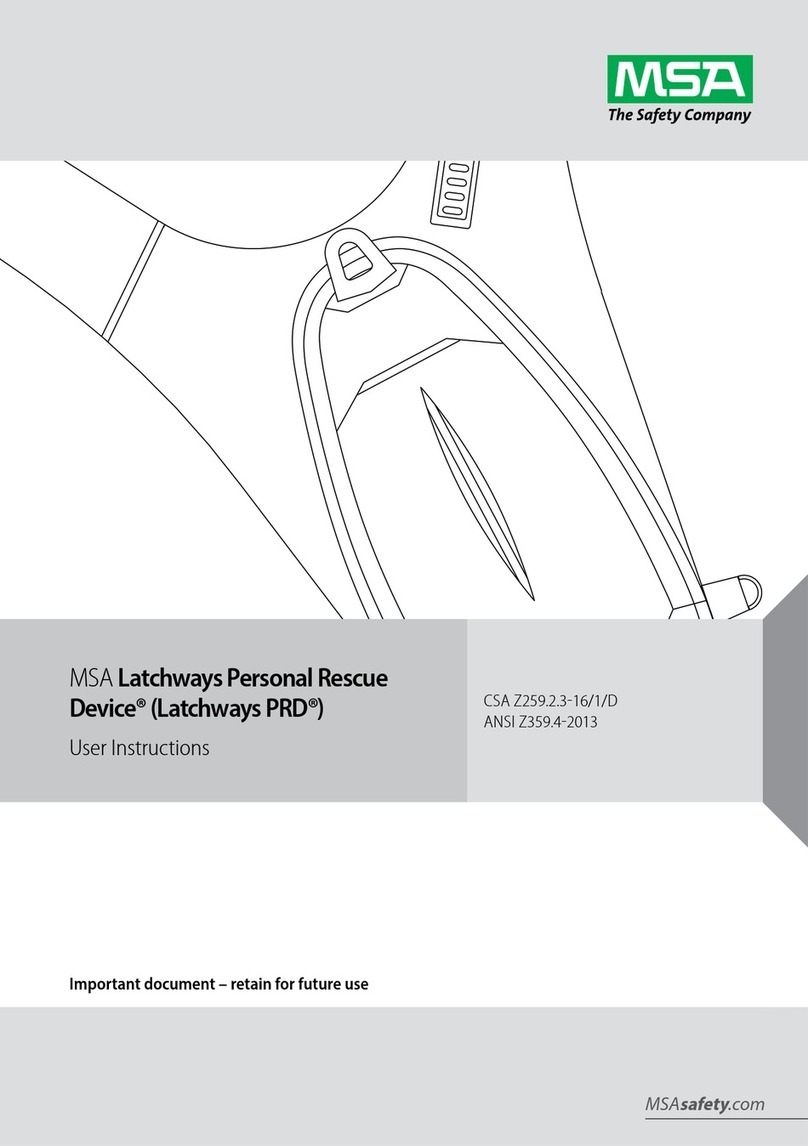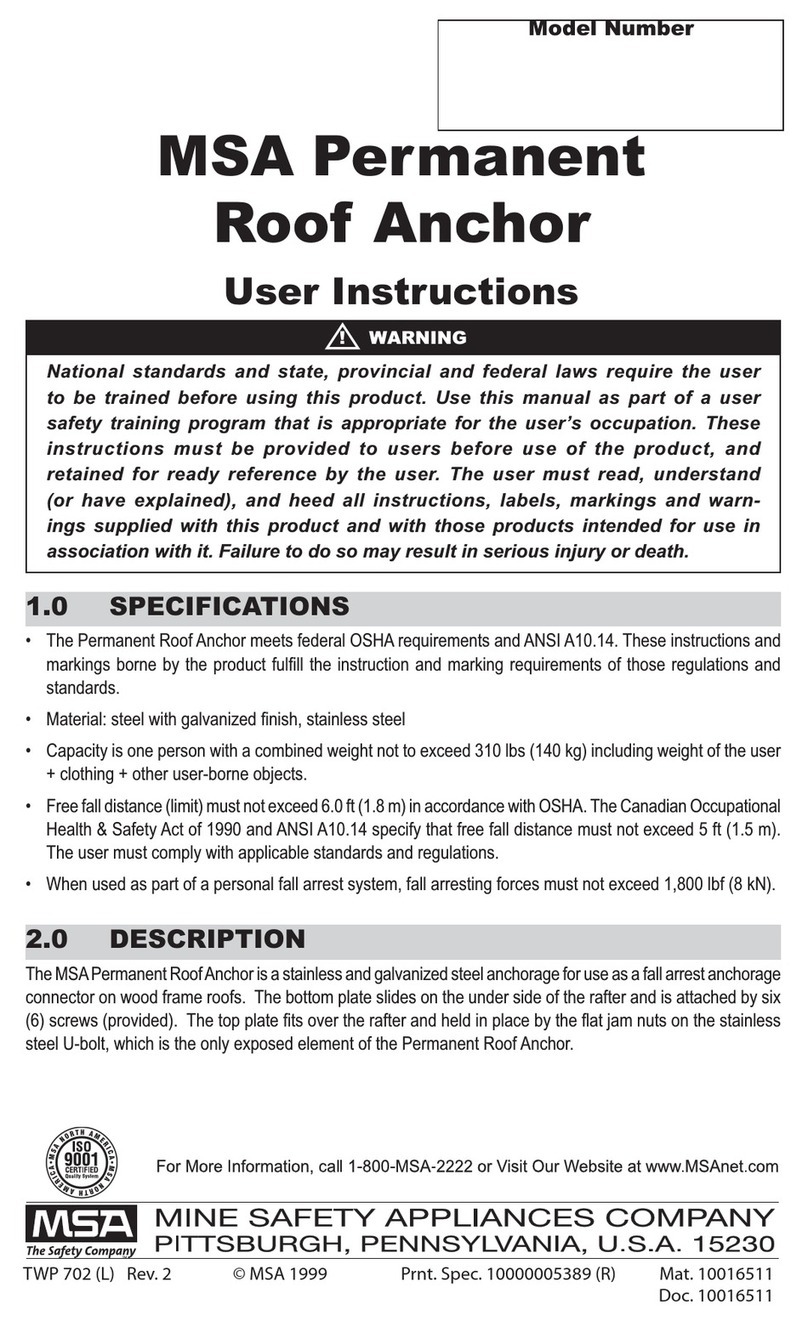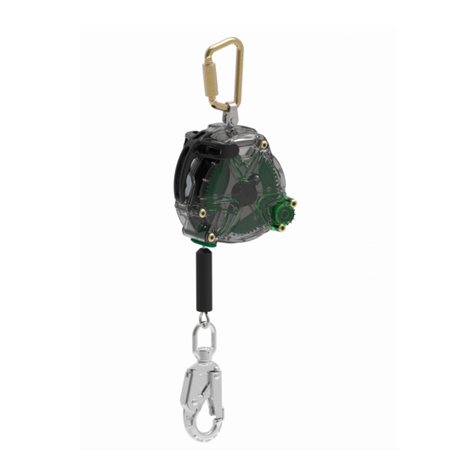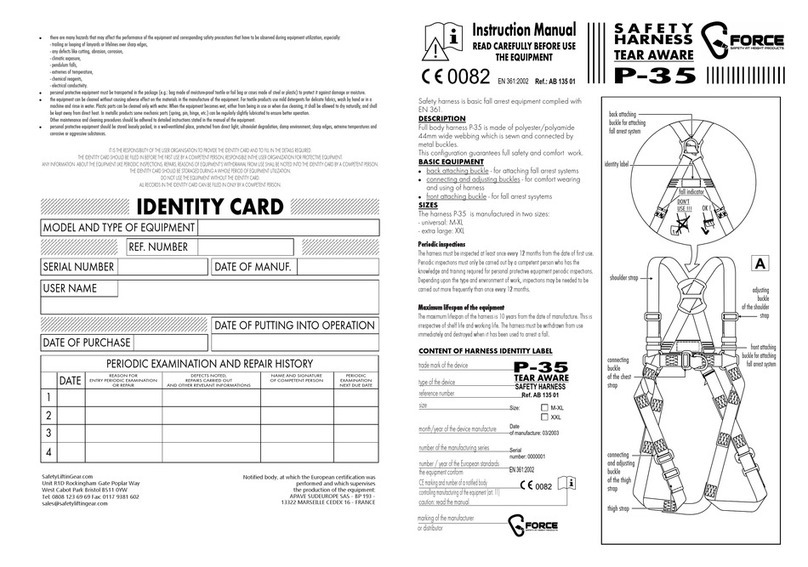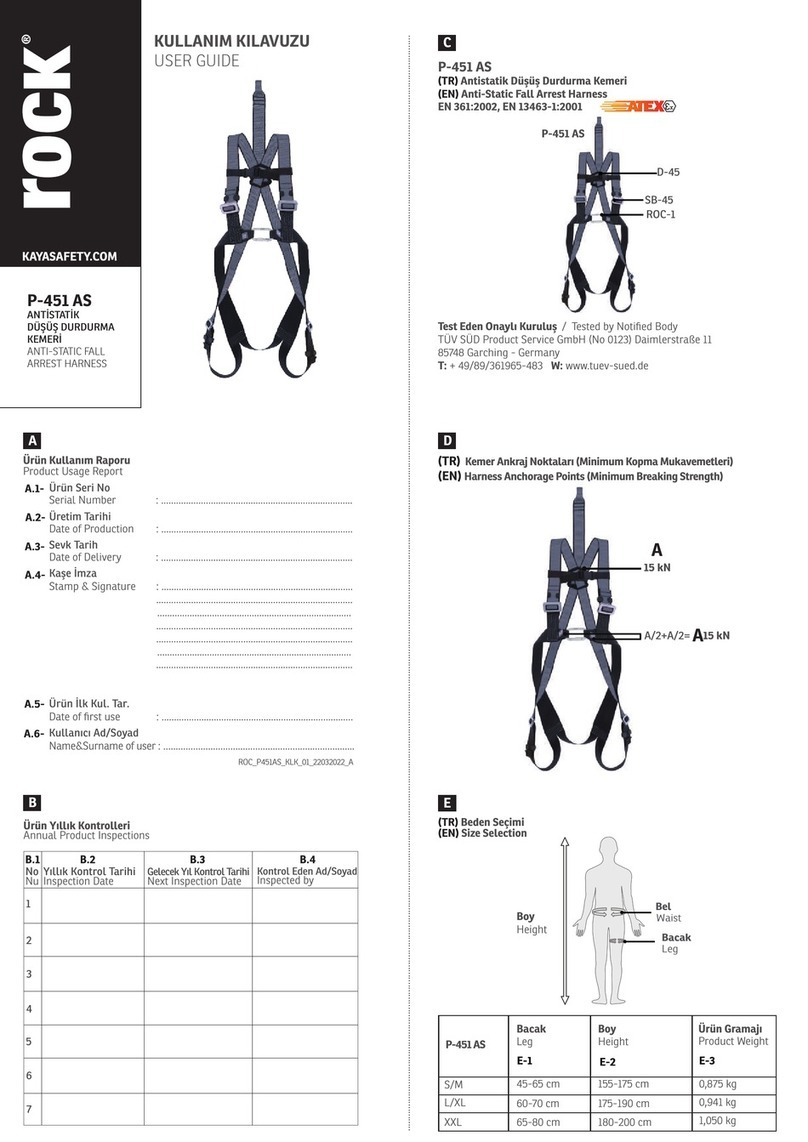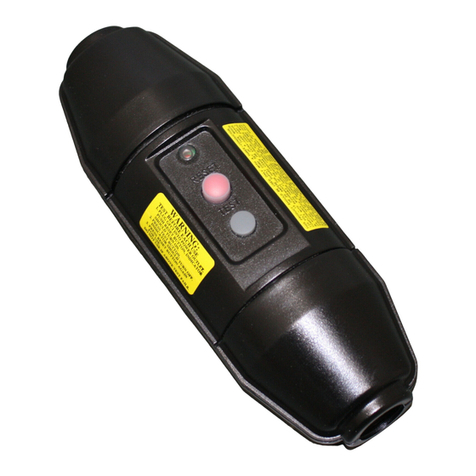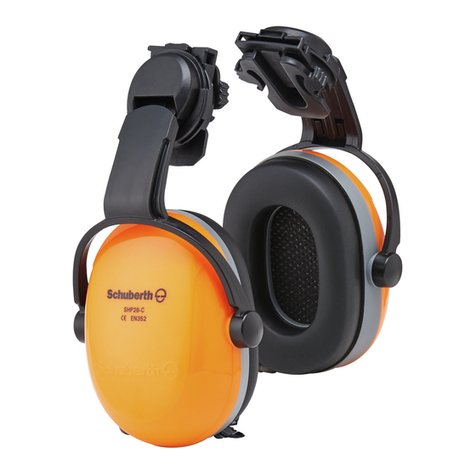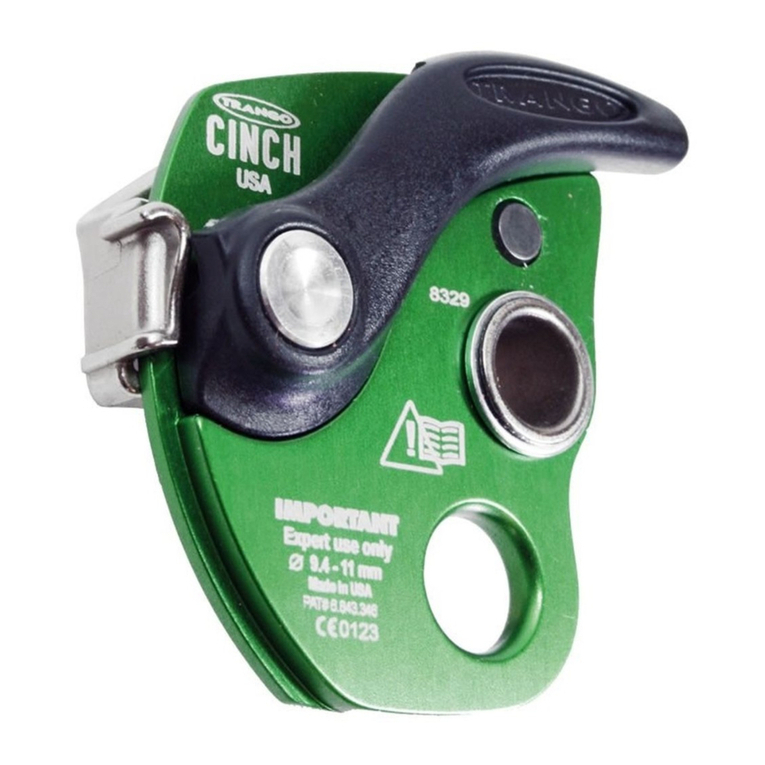
5
GB 1 Safety Regulations
1 Safety Regulations
1.1 Correct Use
The Gallet F2XR helmet - hereafter called the helmet - is a safety helmet for the head intended for firefighters’
operations.
The helmet is intended to protect the upper head mainly against the effects of impact, penetration, heat,
electrical and chemical hazards, flame and burning embers while conducting technical rescue, firefighting in
wildland or and associated activities. Technical rescues involve the environments and conditions associated
with operational scenarios such as but not limited to those found during road traffic collisions, railway
incidents and when working in and around collapsed structures, often for extended periods of time, after
natural disasters (flood, earthquake, etc.).
WARNING!
• This helmet is NOT intended to provide protection during structural fire fighting. Do not use the helmet
for structural firefighting.
• Wildland firefighting and rescue operations are extremely dangerous activities. All personnel who have or
will have the responsibility for using or maintaining this helmet must follow the instructions in this manual
carefully. This helmet will perform as designed only if it is used and maintained according to the
instructions. Additionally, national regulations applicable in the user's country must be taken into
account. Otherwise, the helmet could fail to perform as designed, and personnel who rely on it for their
safety can sustain serious personal injury or death.
• This helmet does NOT provide protection from all burns, impacts, injuries, diseases, conditions, or
hazards. Do not perform firefighting or rescue activities without the proper training and equipment.
• Use extreme caution for all operations. This helmet provides LIMITED protection to the head when worn
during wildland firefighting and rescue activities, as designated. Avoid exposure to excessive heat, falls
and other conditions that may exceed the protective capacity of the helmet.
• If this helmet is exposed to heat, you may be BURNED with NO warning and NO sign of damage to the
helmet.
• The eye and face protection options provide LIMITED protection to the area they cover. Use adequate
eye protection. To provide maximum protection and reduce the risk of injury, adjust the helmet with all
components in position to fit on the head properly and fasten the chinstrap securely.
• Do not use the helmet as a vehicular or sports helmet.
• Follow the procedures in Section 6.3.1 to inspect the helmet before and after EACH use.
• Replace any part of the helmet that shows signs of wear or damage.
• Use only components and accessories that are included with the original helmet or approved by MSA.
Using unauthorized components or accessories can adversely affect helmet performance.
• Do not alter, paint, or attach any item that is not recommended by MSA to the helmet.
• Do not use abrasive cleaners or solvents to clean the helmet.
• Use only helmet markings (front identification shields, retro reflective trim) and helmet accessories
(integrated lighting modules, communications headsets, etc.) that are supplied and/or approved by
MSA.
• Alternative use or use outside this specification will be considered as non-compliance. This also applies
especially to unauthorized alterations to the product and to commissioning work that has not been
carried out by MSA or authorized persons.
Failure to follow these warnings can result in serious personal injury or death.
In situations where the conditions exceed those described in the specifications mentioned above, the
protection of the user is not guaranteed.
1.2 Liability Information
MSA accepts no liability in cases where the product has been used inappropriately or not as intended.
The selection and use of the product are the exclusive responsibility of the individual operator.
Product liability claims, warranties also as guarantees made by MSA with respect to the product are voided, if
it is not used, serviced or maintained in accordance with the instructions in this manual.
Before use the product operability must be verified. The product must not be used if the function test is
unsuccessful, it is damaged, a competent servicing/maintenance has not been made, genuine MSA spare
parts have not been used.
